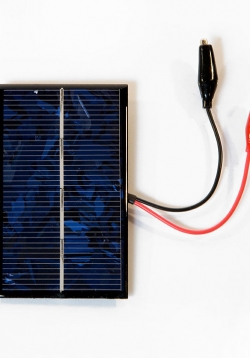Solar Ovens: Choosing Colors
Students will conduct experiments using different colors of paper. During this process, they will make observations about the functionality of different colors when incorporated into design in relation to reflection and absorption. Students will use what...



